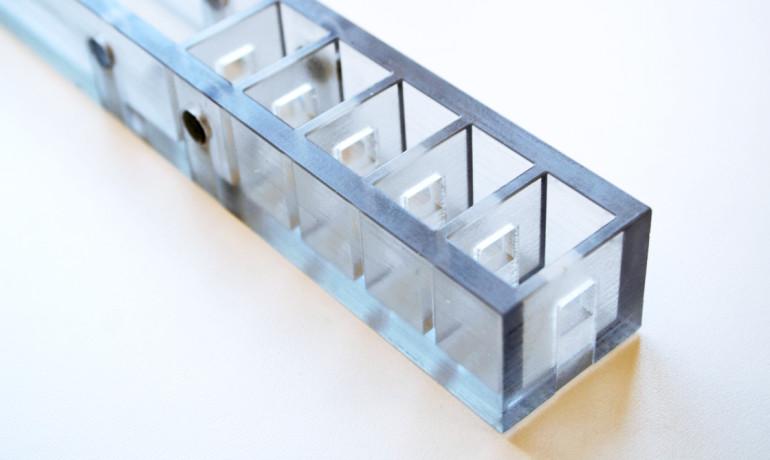When Thomas Schöps wants to create a 3D model of a building, he pulls out his tablet computer. As he completes a leisurely walk around the structure, he keeps the device’s rear-facing camera pointing at the building’s façade.
Bit by bit, an impressive 3D model of the edifice appears on the screen. It takes Schöps, a doctoral student at ETH Zurich, just 10 minutes to digitize the structure.

A 3D model of the ETH Zurich main building. The red line indicates the path the scientists took in order to generate it. The researchers optimized this image using additional offline calculations. Credit: Thomas Schöps/ETH Zurich




